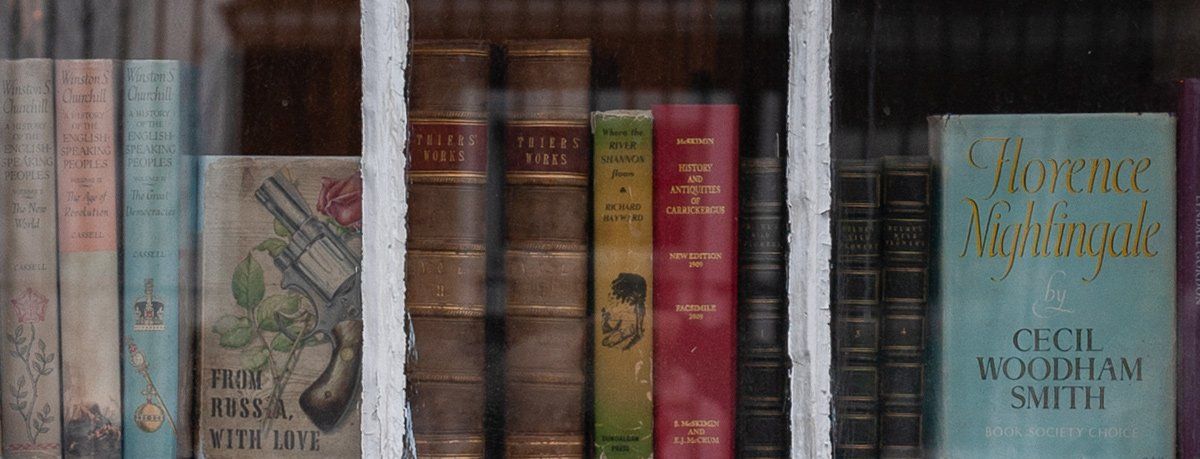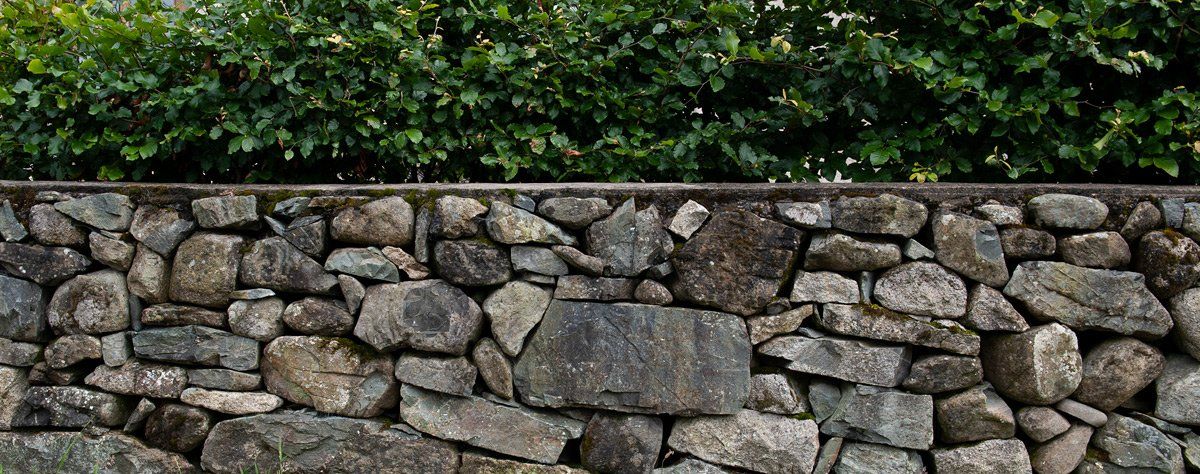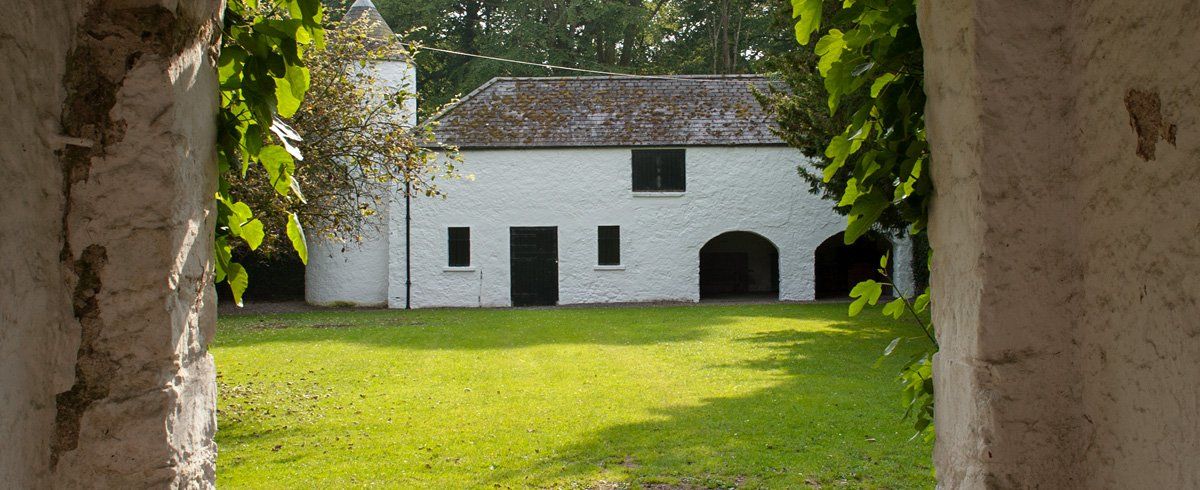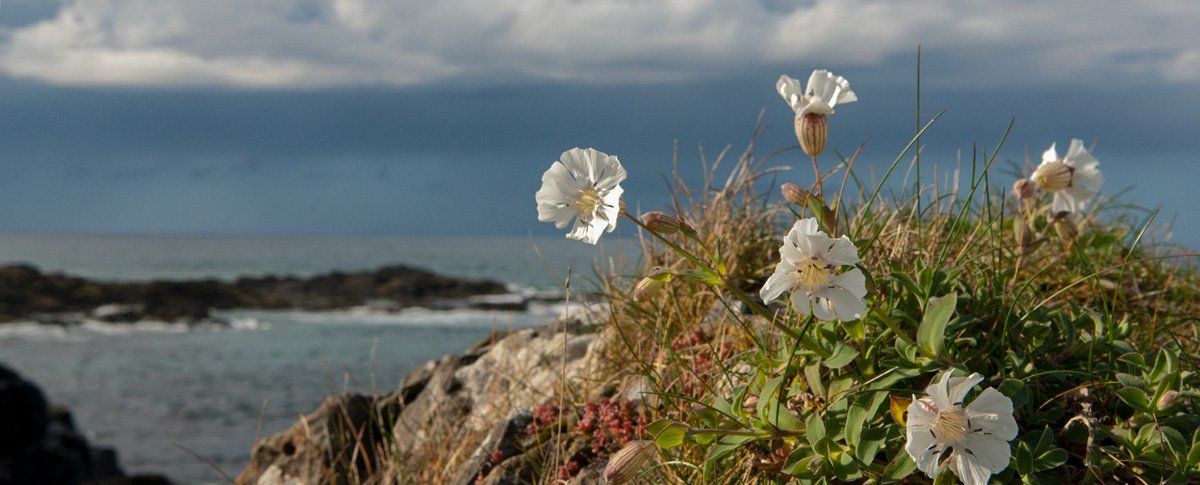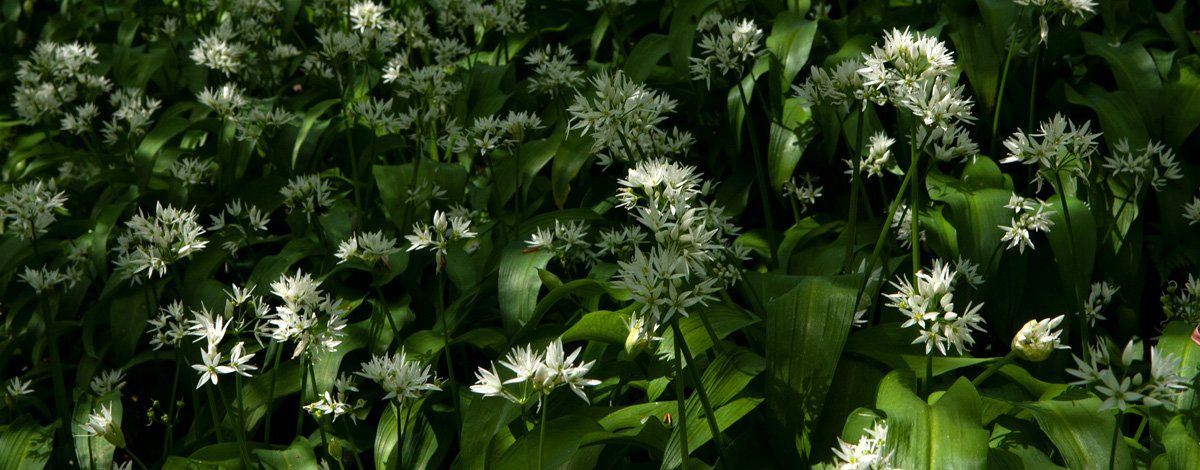John Manson
The innovative Belfast teacher and educator David Manson was born in 1726 at Cairncastle, the son of John Manson and Agnes Jamieson. His early life and schooling were curtailed partly by poverty and rheumatic fever which he contracted at the age of eight. His mother was well educated and taught him at home, laying the foundation of his future profession. He worked at first as a farm servant, his employer allowed him to attend school in Larne where he progressed rapidly in English. His passion for teaching led to him opening his own form of 'hedge school' in a cowshed near his home.
His reputation and method of 'play-school' teaching led the Shaw family of Ballygally Castle to engage him to teach their children. He went on to develop his teaching skills at the Larne school of Robert White, where he continued to improve his knowledge in English, Latin, Greek and Maths. From here he went to Belfast where he became qualified enough tho be a general schoolmaster and moved to Ballycastle to teach. It was here he met his future wife Miss Lynn. In 1752 he moved to Belfast where he set up his own school where he lived at Clugston's Entry, teaching English. He offered free training to any teacher who wanted to learn his methodology of teaching. His overriding ambition was to establish a 'fun-school approach' to teaching and learning.
He wanted to remove the fear from education that was established in traditional school where failure was punished and pupils caned. His school grew in popularity and success, which forced him to moved move to larger premises with three classrooms, in 1778 he moved again to larger facilities and the David Manson Academy. His popularity came from the methodology he applied to teaching and also his philosophy on education and learning. He believed enjoyment and fun was an integral element of teaching and learning, a process that should be creative, enjoyable as well as successful.
He encouraged success with rewards such as medals, and gave recognition to achievement on an individual basis. Self-esteem and success took priority over classroom curriculum and engagement with the pupils through creative and enjoyable processes a keystone in his methodology. Like the hedge schools, he offered free training to fellow teachers. He had great success in educating young people who achieved much more through his method of teaching than the traditional way and come out more rounded and creative in thinking. He is today recognised as being one of Ireland’s leading grammar writers of the 18th century and his contribution to education significant.
He published books such as the Manson's Spelling Book, an English Dictionary (1962), a New Primer (1762) and Pronouncing Dictionary (1774). Mary Ann McCracken later to become a great social reformer attended David Manson’s Academy which believed in the equal education of women, a radical concept at the time. David Manson, He died in March 1792 at Lillyput, a house which he had built near Belfast, and was buried at night by torch-light, in a churchyard at the foot of High Street which has now gone.

